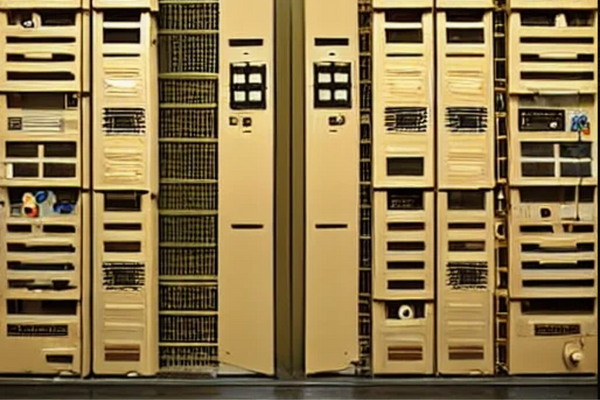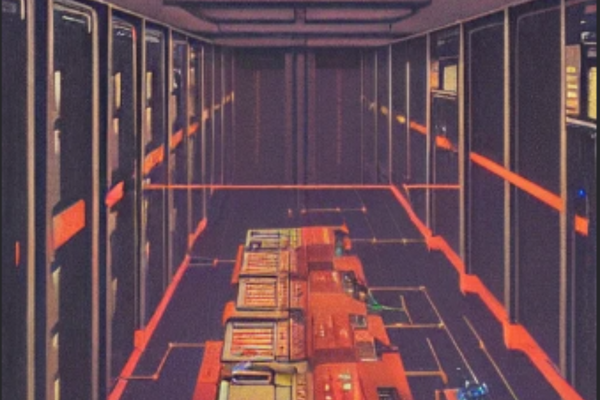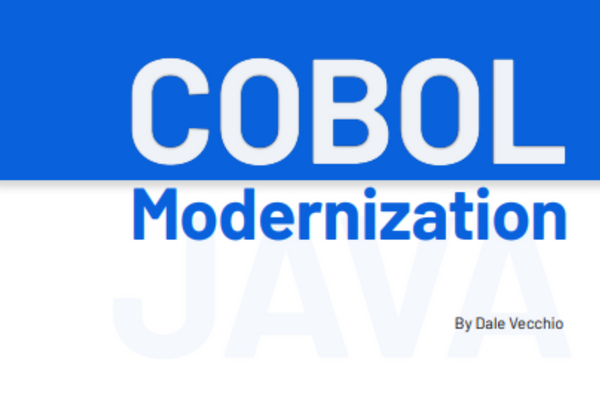Why you need to know the difference between a TCB and an SRB
Units of work that run on the mainframe, at least those running on z/OS, are dispatched using two different types of control blocks: TCBs (Task Control Blocks) and SRBs (Service Request Blocks). It can be beneficial to understand these two types of control blocks, including how they are used, the differences between the two, and […]











Recent Comments